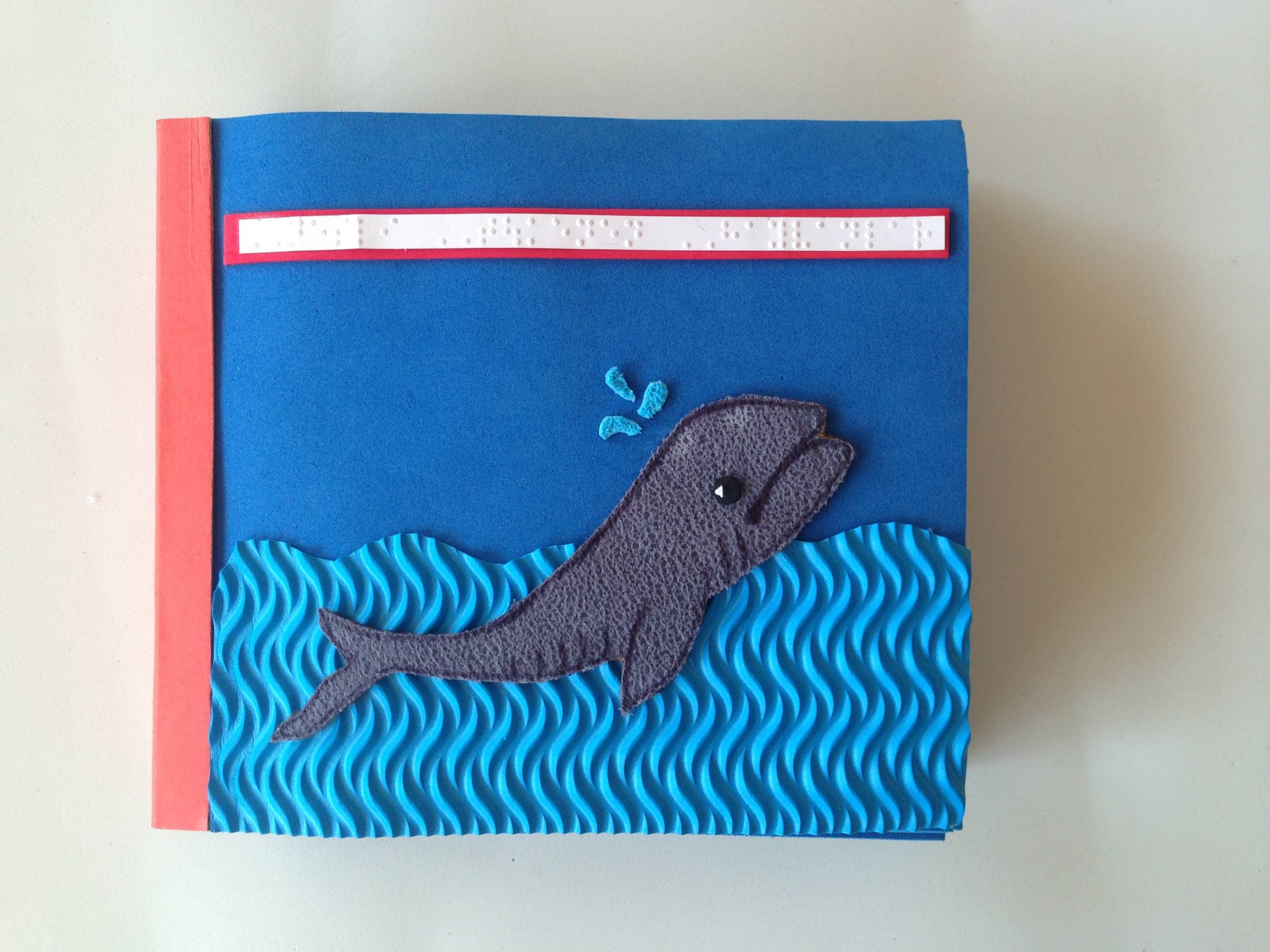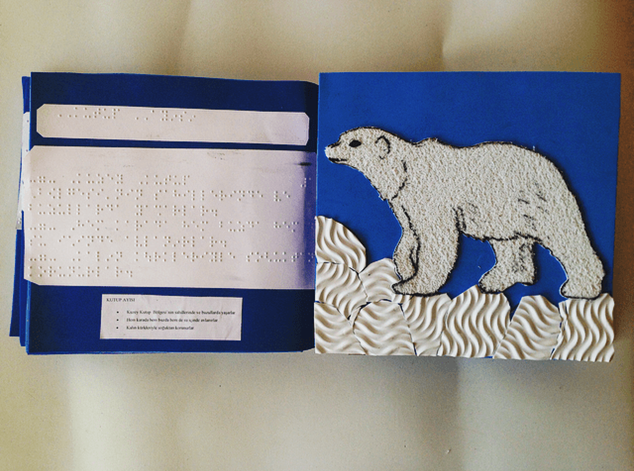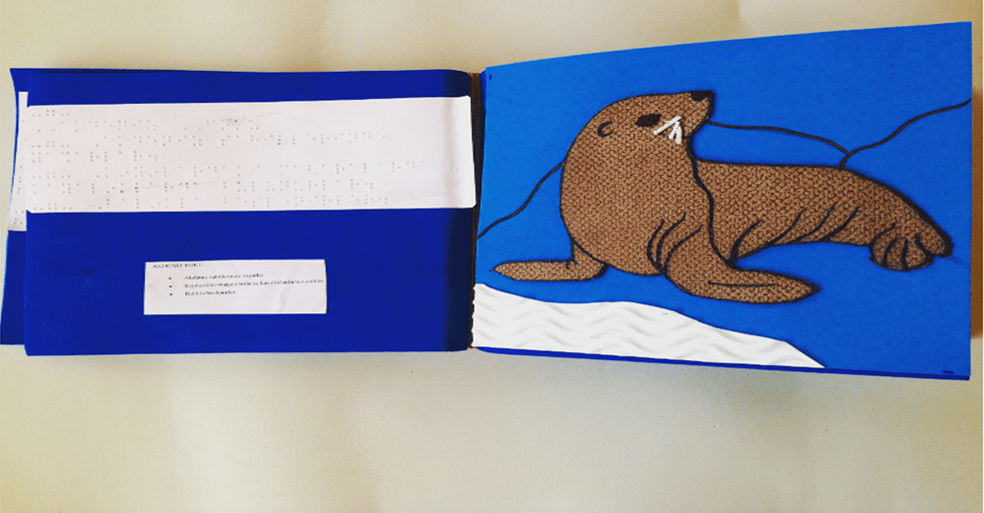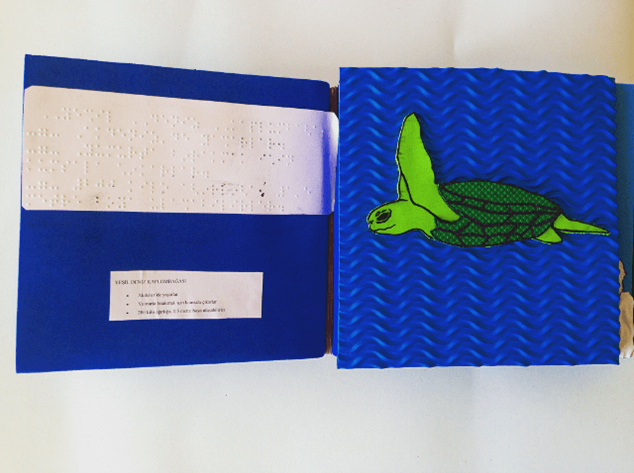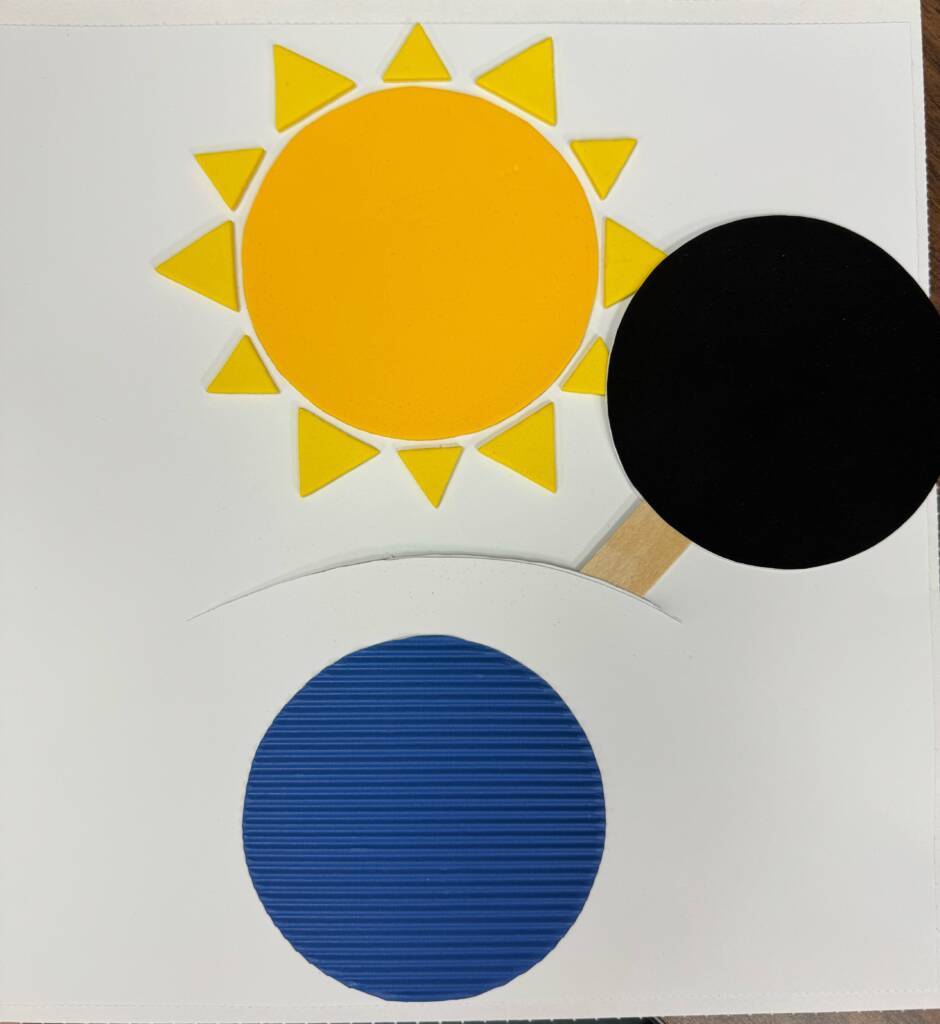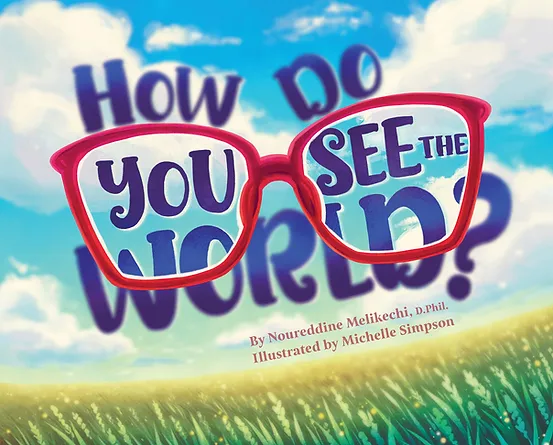The sense of touch is an important source of information for individuals who are visually impaired to perceive the world. It has been proven that the use of touch activates the occipital lobe in the visual center of the brain in all humans, whether they have sight or not. Research conducted by assigning various tasks to visually impaired and non-visually impaired individuals to measure tactile and visual performance has shown that in performance requiring visual imagery, individuals who are visually impaired have similar performance to individuals who are not visually impaired (Aleman 2001). Research and examples demonstrate that when the necessary infrastructure and training is provided, individuals who are visually impaired can even carry out the most complex visual performances (such as mathematics, geometry and map reading) with ease using tactile abilities. However, the use of tactile objects in the training of individuals who are visually impaired is not common, as information deficiencies, braille printers, and tools for providing tactile materials are not readily available. This causes the tactile sense, which will potentially ensure the use of the center of vision, not to be used at an early age where this can be done. As a result of this, individuals who are visually impaired are obliged to maintain their education and careers only in certain social disciplines.
In this study, which is made for individuals who are visually impaired to understand the environment, characteristics of animals and their habitats are written in braille with a focus on endangered animals. The animals were prepared by using different tactile materials.
- Suede
- Imitation leather
- Plastic
- Artificial turf
- Cardboard
- Adhesive
- Scissors
- The student is asked to open the book and touch the page.
- The student reads the braille on the page and learns the characteristics of each animals and where they live.
- The student familiarizes him or herself with the characteristics of each animal by exploring the tactile illustrations.
Ask the student to name an animal by telling her/him the animal’s features. After she/he knows it, ask the student to find the animal by touching the book’s pages.
This book can be used with all age groups.

